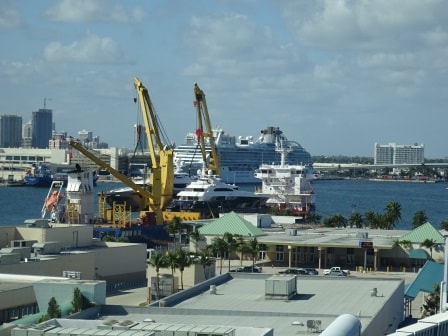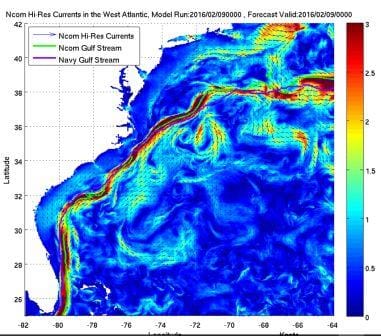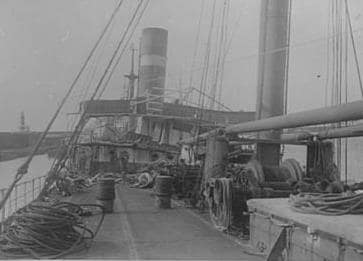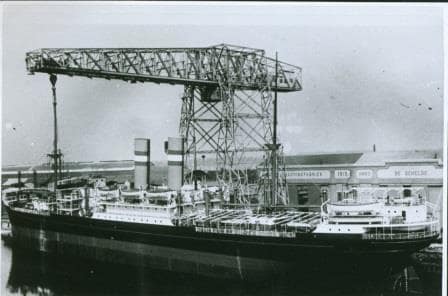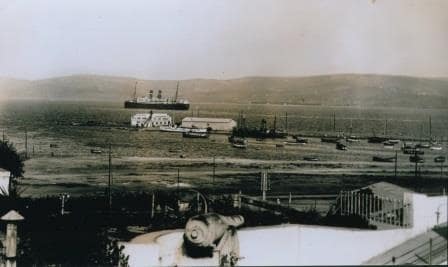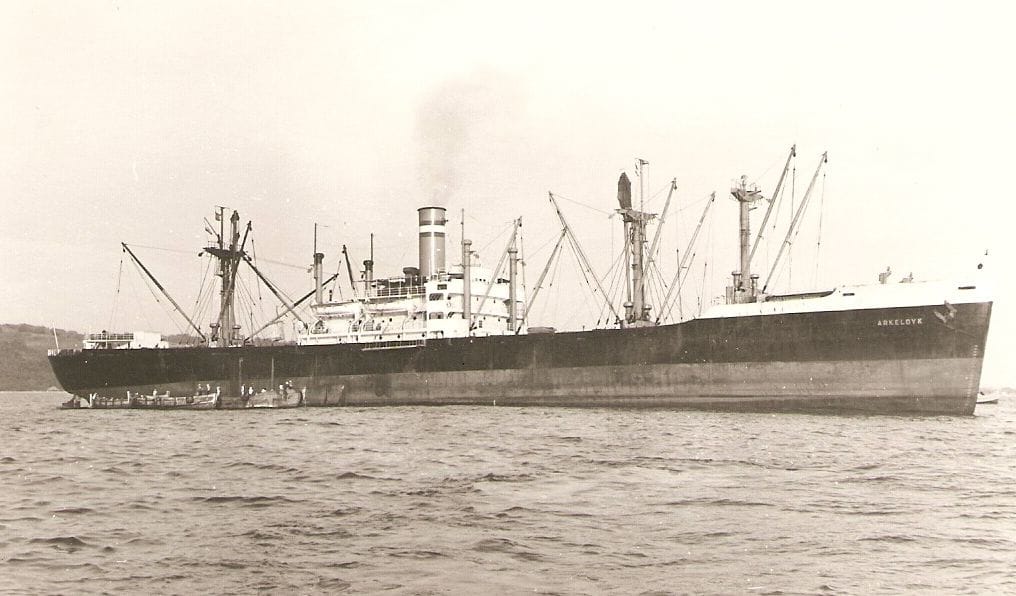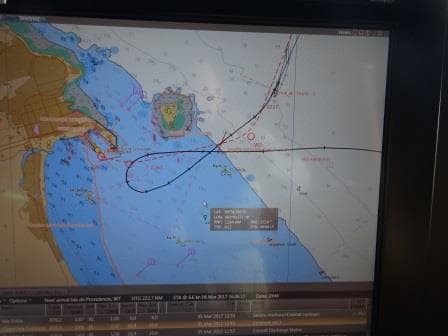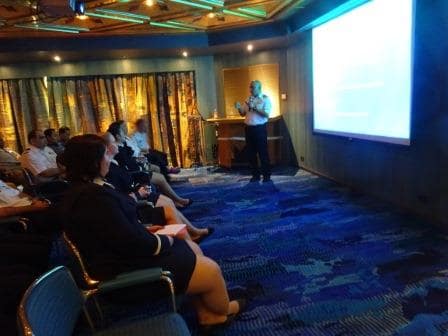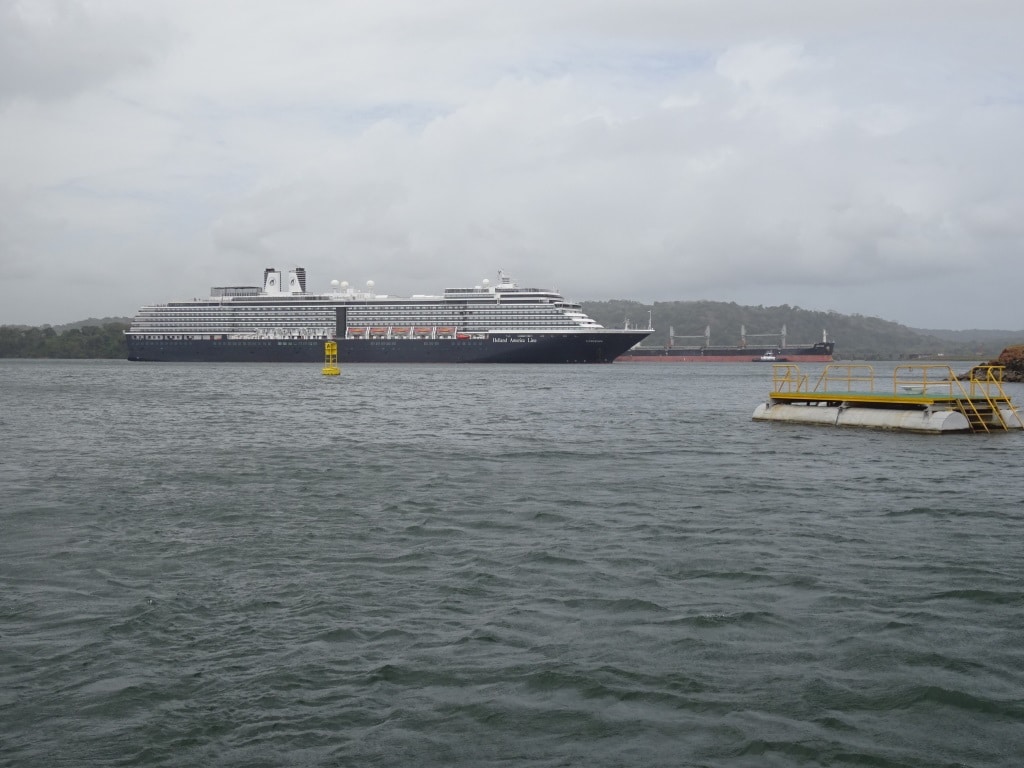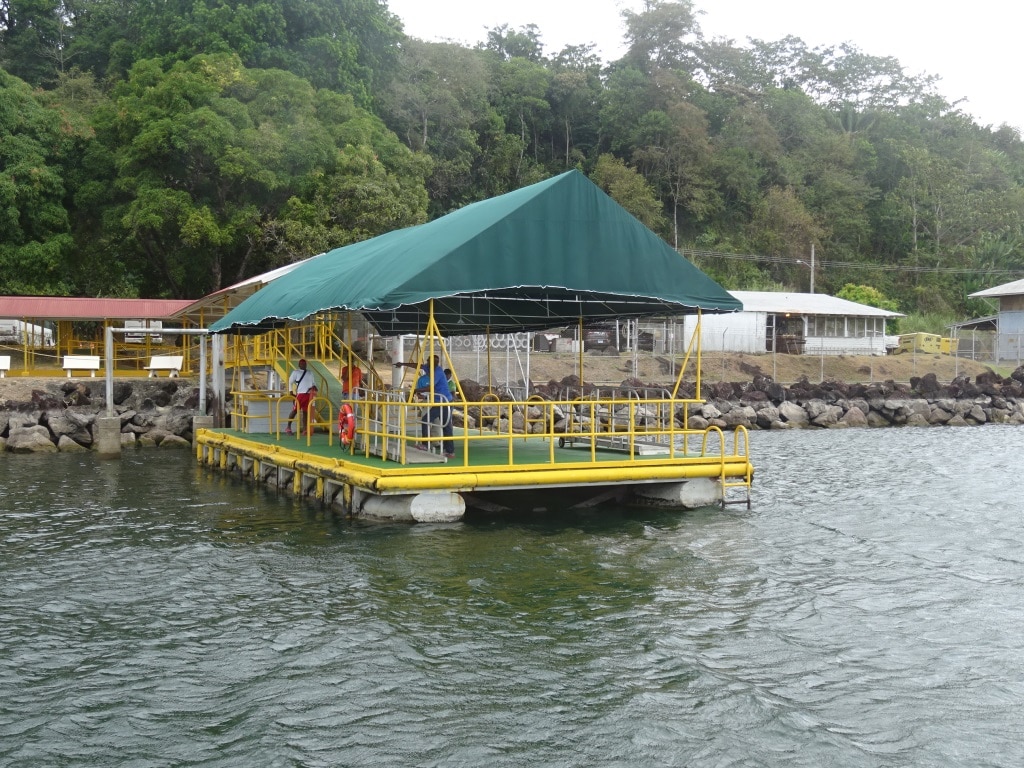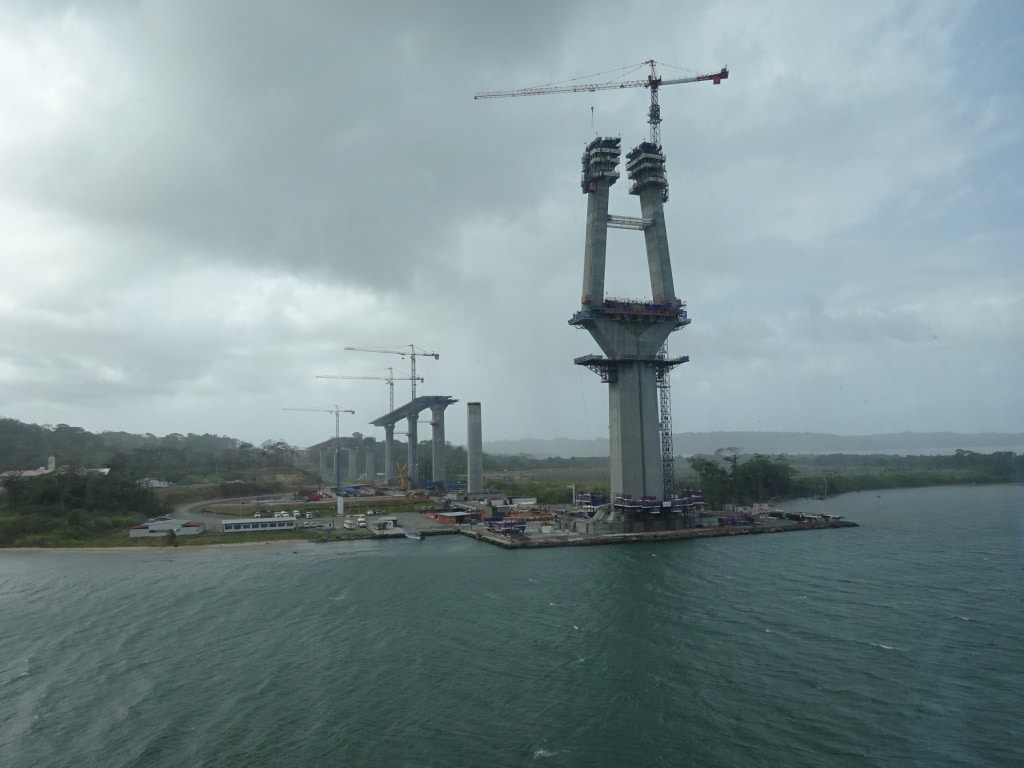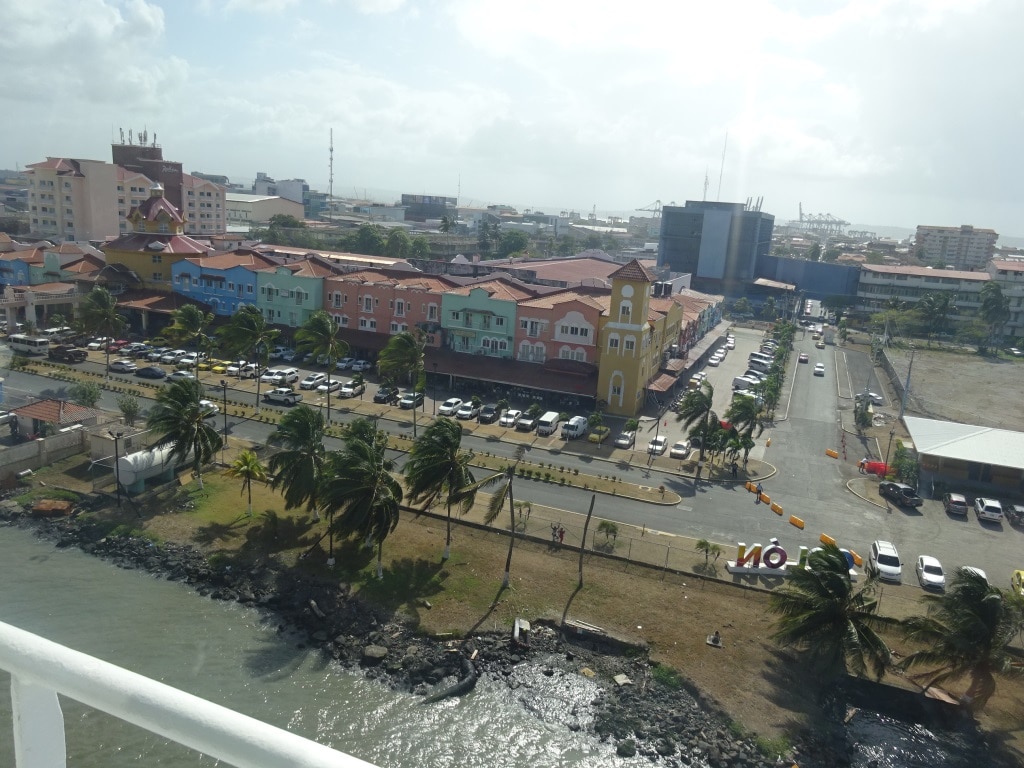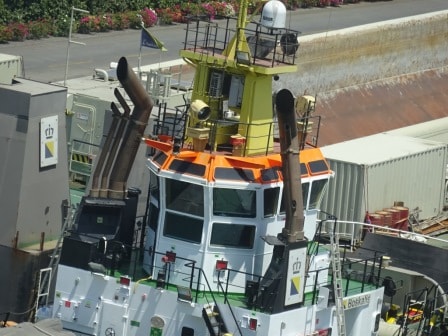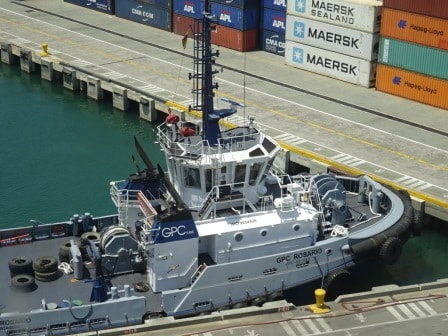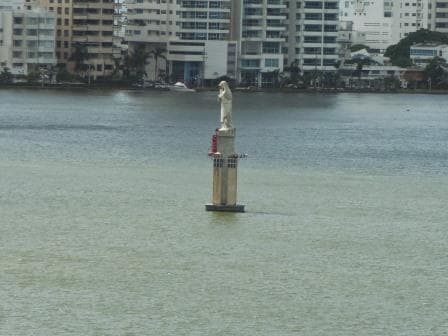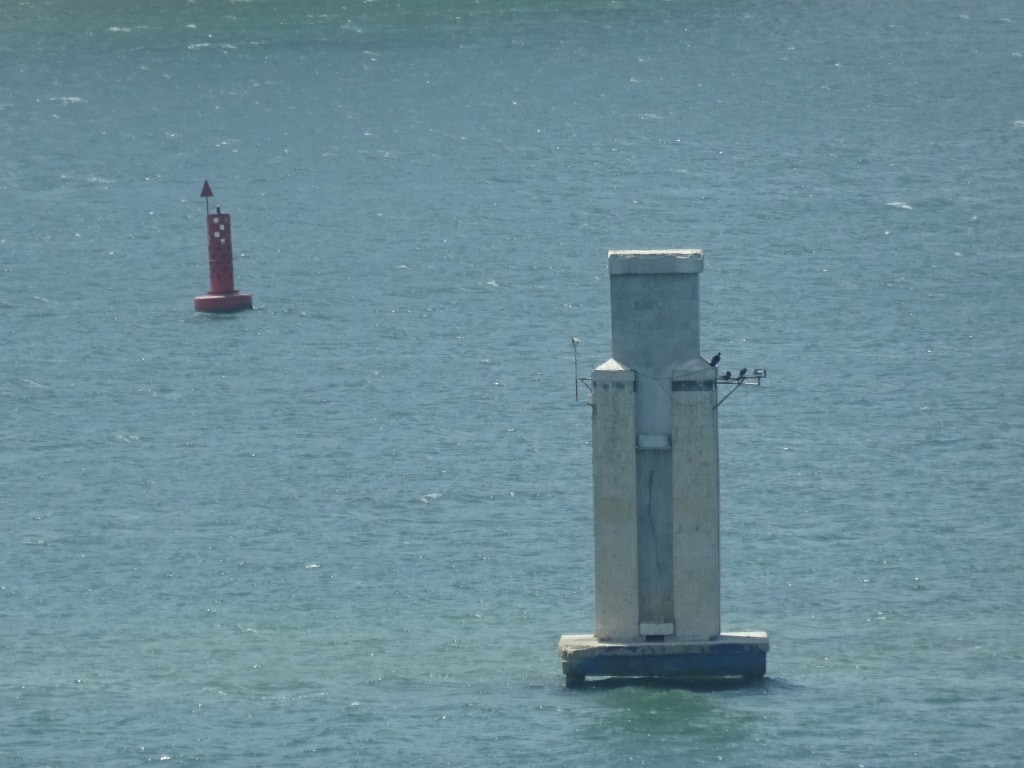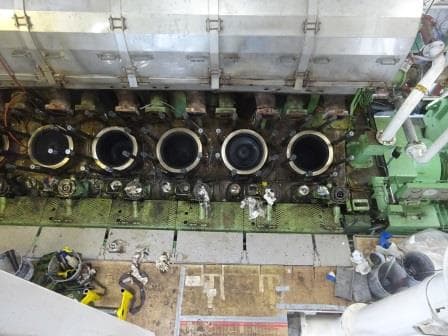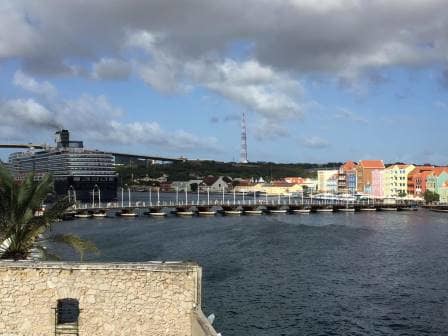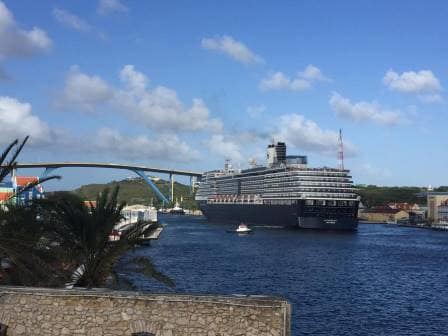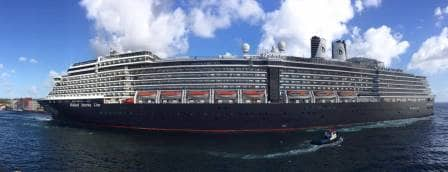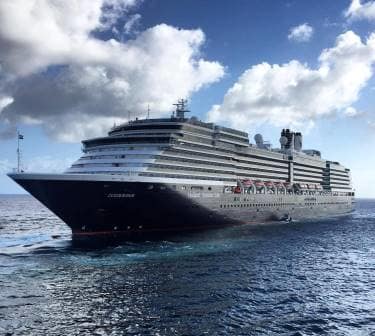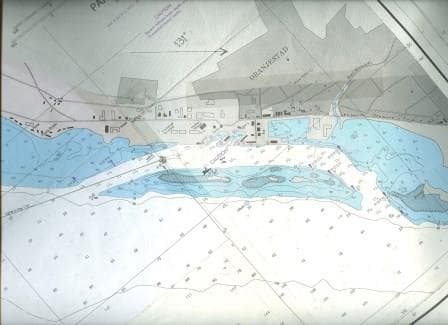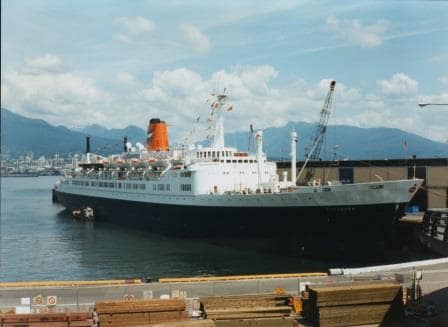When we arrived we thought for a moment, what is the weather going to do to us now………………….. As it rained and it looked grey and it looked murky. Not in the planning and not in the weather forecast. But the weather front edge had dipped down a little bit and had turned the prediction of ‘partly cloudy skies” into overcast with rain showers. Luckily it was only a little dip and the murky arrival turned into a beautiful beach day. However the un-expected dip had put the captain on the alert and he decided not to anchor but to drift. If there one un-expected dip then their might be another one; and if the wind suddenly changes then you are pushed very quickly towards the beach. And as Holland America is not planning to open a permanent Hotel here at Half Moon Cay, the captain’s efforts in this direction would not have been appreciated.
And thus we had a wonderful – beachy day- in Half Moon Cay. We were the only ship and that made the island seem almost empty. Every guest had at least 5 beach chairs to him or herself plus one of the nicest beaches of the Caribbean at their feet. I did not see much of it as I was in the dungeons in the morning, reviewing engine room operations, followed by Communicator Training in the afternoon as we had a crew change of the entertainers yesterday. A bigger difference is hardly possible between an organized and highly methodical & technical procedures and High Drama and Hype which goes with acting and performing.
Thus the question arises what are communicators and why is entertainment involved. With all the bad things of the Costa Concordia there were also a few good things — lessons learned — Although there have been a lot of passenger liner sinking, foundering’s, stranding’s and other fatal or near fatal happenings, both in peace and war, there was never any reliable evidence about what went on in a lifeboat. But the Concordia did use her lifeboats and this was in the age of the Selfie and the Mobile phone with Video capabilities. And thus footage galore arrived on You Tube. And now we got an amazing insight in what went on in those lifeboats.
Cutting through all the drama and the embellishments, it boiled down to a few lessons learned:
- People follow orders as long as somebody gives them clearly and that somebody is recognizable.
- People only start to panic if something happens which they do not expect and do not understand
- People have a strong confidence in the routines explained and the equipment used.
Thus the decision was to add another crewmember to the lifeboat complement. A communicator. A person who will narrate what is going to happen, when it will happen, how it will happen and explain if there is anything un-expected involved with it. As an example: people do not expect a lifeboat to wobble when it moves away from the ships side before it is lowered. But it does. It is hooked into the lifeboat falls (those black wires) by two hooks which hold a ring. Thus the hooks can move a little in the ring. But people do not know that as they do not know the lifesaving systems and thus expect the boat to move like a bus or a lift. It does not and every lurch or wobble can set somebody off in panic or …….
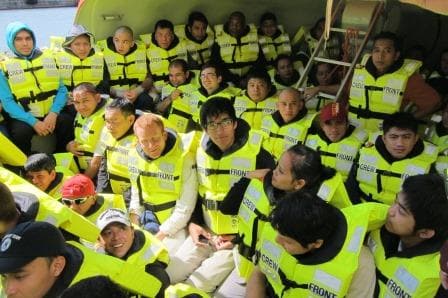
150 people in a lifeboat calls for organization and with it the challenge to keep them calm. This was a test with crew only who know what to do and what to expect , so smiling faces…. they do not need a communicator.
If we now have a person in the lifeboat who will explain what can be expected and narrate everything throughout the evolution then people will not panic as they can mentally prepare for it. Why is entertainment involved? Because they are used to having an audience (that is the reason they stand on the stage, they want an audience) and they can give a performance. They are not afraid to break the ice in a lifeboat and will simply start talking. Once the boat is in the water they are then asked to try to help with keeping the moral up ven if it includes performing; singing, juggling, lecturing or whatever will help to pass the time. Meet your neighbor, Grand Dads war stories, anything goes as long as everybody stays away from politics, because then we suddenly have a lifeboat split in two halves and a fight over who sits on the right or on the left side. We need and we hope for their creativity as this is very hard to train for or simulate.
Thus the day the entertainers join, the indoctrination starts to get them up to speed as quickly as possible and to reach the Holland America level which goes way beyond the legal requirements.
Tomorrow we are at sea, sailing full speed down to Aruba. For the remainder of the day we will sail between the Bahamian islands and then in the early morning hours cross the Old Bahama Channel and sail into the Caribbean Sea via the Wind ward passage. The weather looks good, although more wind is expected late tomorrow.
